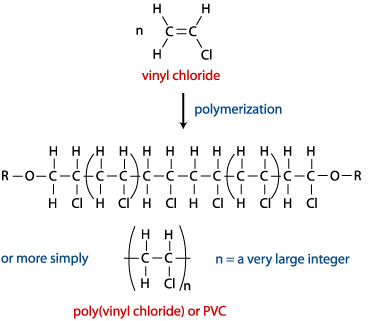- Messages
- 603
- Reaction score
- 1,102
- Points
- 153
Thanks. The actual question is Q4b(iii) in the following link. http://papers.xtremepapers.com/CIE/Cambridge International A and AS Level/Chemistry (9701)/9701_w08_qp_4.pdf
In the mark scheme (http://papers.xtremepapers.com/CIE/Cambridge International A and AS Level/Chemistry (9701)/9701_w08_ms_4.pdf)
they used a method i don't understand to get a different answer. Can you check again please?
Ok, I spotted my mistake, it was ok till one part.
Energy given out in forming bonds of C16H34 and 2 C12H24
34 (C-H) and 15 (C-C) bonds and 2 (C=C) and 20 (C-C bonds) and 48 (C-H)
= 34 (410) + 15 (350) + 2 (610) + 20 (350) + 48(410)
=47090 kJ (instead of 46680 kJ in my first attempt)
Enthalpy change = +47270 - 47090 = +180kJ/mol
The marking scheme actually skips a lot of steps , unless we are very used to solving the question, it is not likely to do it in 1 single step like they did.
Number of bonds broken
82 (C-H) and 39 (C-C) bonds broken
Number of bonds formed
34 (C-H) and 15 (C-C) bonds and 2 (C=C) and 20 (C-C bonds) and 48 (C-H)
= 82 (C-H) and 35(C-C) and 2 (C=C) formed
Comparing the bonds broken vs formed, we have an overall of 4 (C-C) bonds broken and 2 (C=C) bonds formed.
Last edited:
